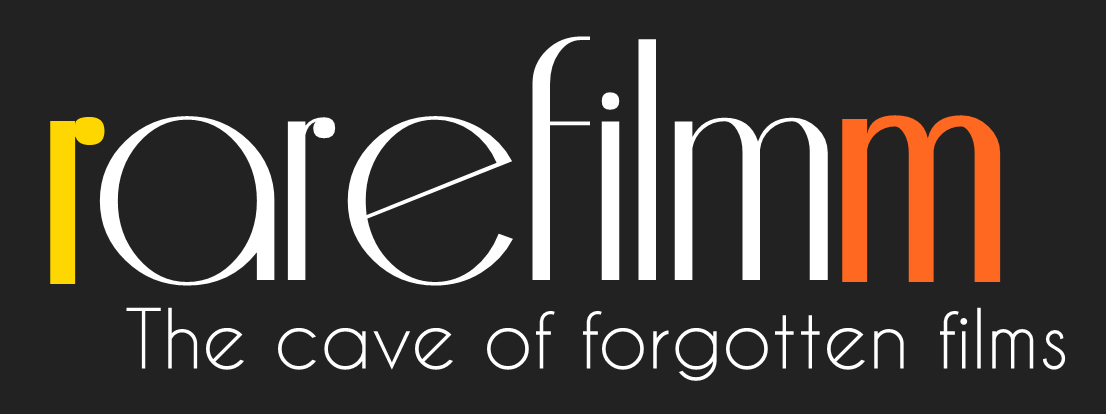A portrait of Raymond Francombe, jobbing gardener and composer. Ray is a familiar figure around the centre of Bristol. What will not be known by most of those who pass him every day is that for years he has been composing sacred music – and, until this programme was made, he had never actually heard a note of it performed. In this film Derek Jones gets to know Ray, and attempts to have his music professionally assessed.
Tag: 1980s
Set over a single early-1960s summer in one of Sarajevo’s mahalas, the plot follows the fortunes of a school boy nicknamed Dino. Simultaneous to being enthralled with a life that flashes before his eyes and ears in the local cinema and youth centre (where, among other things, he watches Alessandro Blasetti’s Europa di notte and listens to Adriano Celentano’s 24 Mila Baci), Dino gets a taste of the world inhabited by local thugs and petty criminals. However, when he is rewarded via a liaison for providing a hiding place for prostitute “Dolly Bell”, his world is turned upside down as he falls in love with her.
This entertaining animated film surveys the history of machines, showing how the discovery of primitive tools led to the development of today’s space age technology. A tribute to human ingenuity and creative genius.
William Nicholson’s dramatization based on the true story of the race to solve the riddle of DNA. The film reveals how Crick and Watson’s success depended on personality, friendships, emotional conflict and enmity fuelled by wild guesses, some borrowing and sheer luck.
The life and work of writer James Agee provides the substance of this engrossing documentary by Ross Spears. Spears put together a portrait of Agee with excerpts from his prose and interviews with the people who either worked with him or provided material for his books. Among those interviewed are President Jimmy Carter, critic Dwight Macdonald, historian and writer Robert Fitzgerald, and John Huston, who worked with Agee on The African Queen. Agee’s three former wives, his priest (Father James Frye), and other personal friends round out the picture of this hard-drinking, chain-smoking, intense writer who died as a result of a heart attack at the age of 45.
Strapped for time due to her busy schedule of personal appearances, Laurie Anderson creates a rather clumsy looking clone to take over and keep up her artistic production. Anderson plays both parts, pitting the chain-smoking, productive male half against the laid-back female half. In the end, one highly successful clone begets another clone, a situation spoofing the rise and fall of the ’80s art star.
Living in their own fictional world devoid of humankind, large anthropomorphic robots, constructed by Survival Research Laboratories (S.R.L.), act out scenarios of perpetual torment, exasperated consumption and tragic recognition.
Charles Bremer, a retired, wealthy aesthete, regularly hires Lisa, a young female artist’s model, to strip for him to the soundtrack of a Donizetti aria. Charles writes letters to his dead mother, plays church organ, loves flowers, and attends drawing classes. Lisa meanwhile is having problems with her chauvinist, drug-abusing boyfriend David, a modernistic painter who keeps hitting her for money. As Charles and Lisa form a strong attachment that has nothing to do with sex, it becomes clear that the aggressive David presents a problem that needs to be solved.
